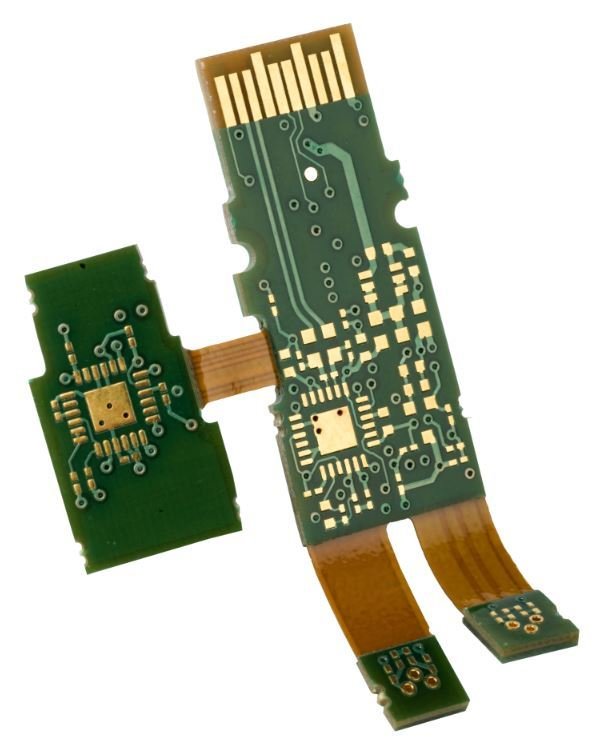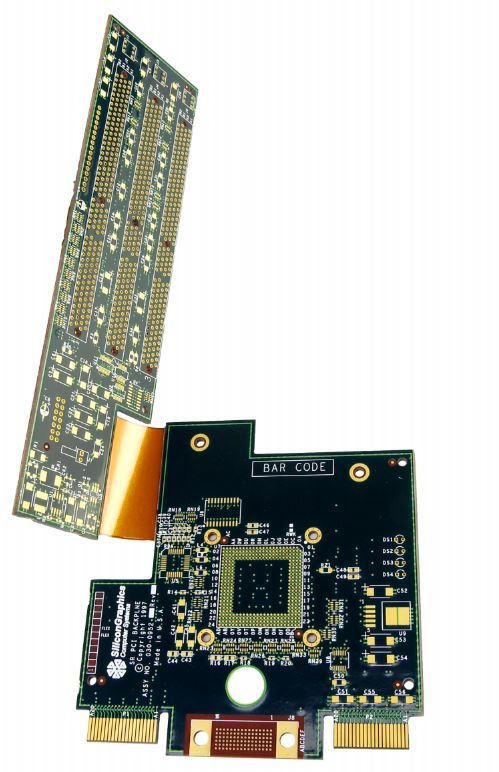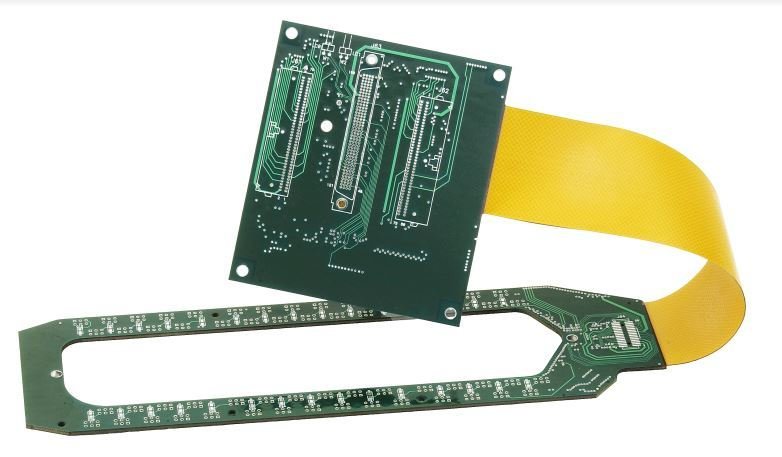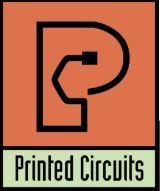Why Rigid
Flex PCB?

A rigid flex printed circuit board (PCB) is a hybrid circuit board design that integrates elements from both hardboard and flexible circuits

Rigid flex PCBs are rigid at some points on the board and flexible at others. Because of this, rigid flex circuits can be folded or continuously flexed while maintaining the shape of areas that need extra support.

The circuits are typically multi-layered and are comprised of flexible circuit substrates joined with rigid boards. The flexible layers are buried internally and completely penetrate the rigid sections of the PCB.

Rigid Flex Types
Rigid flex PCBs support two primary application types: flex to install and dynamic flex.
Flex to install is the most common type of rigid flex PCB application. In this circuit application, the board folds only once when the device is assembled or removed. Apart from this, the flex part of the board remains stable throughout use; though some movement may occur in the case of high vibration applications.

Dynamic Flex
By contrast, it is sometimes necessary for a PCB to be able to fold and bend repeatedly during end product use. This type of circuit application is known as dynamic flex.

Rigid Flex Applications
While they come at a higher cost, rigid flex boards are extremely versatile and can be tailored to applications across a wide range of industries.
They are highly suitable for military, aerospace, and medical devices, but they can also be implemented towards certain commercial products.

Contact us or request a quote today!
